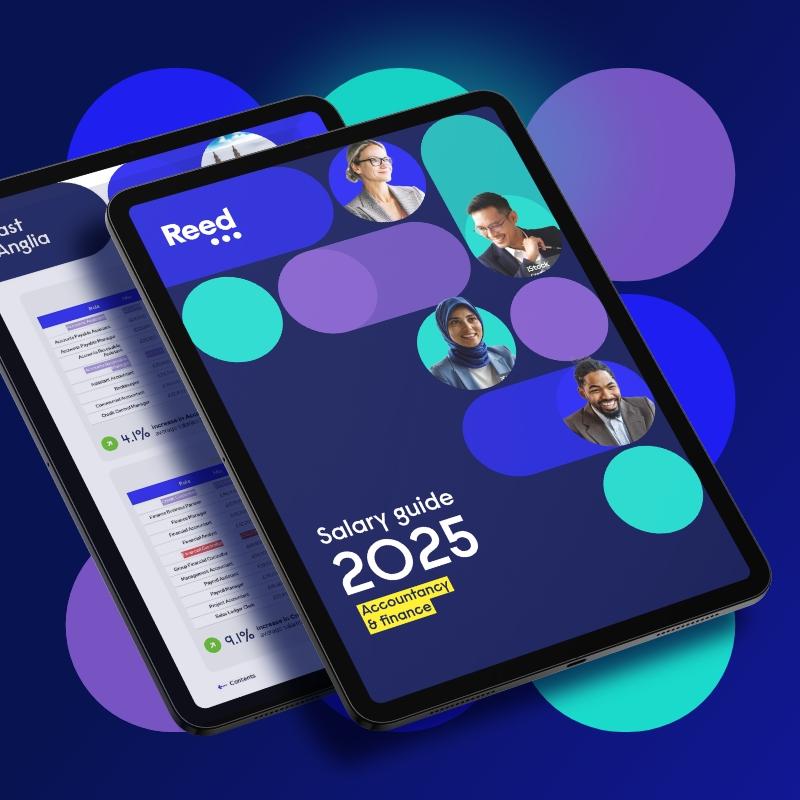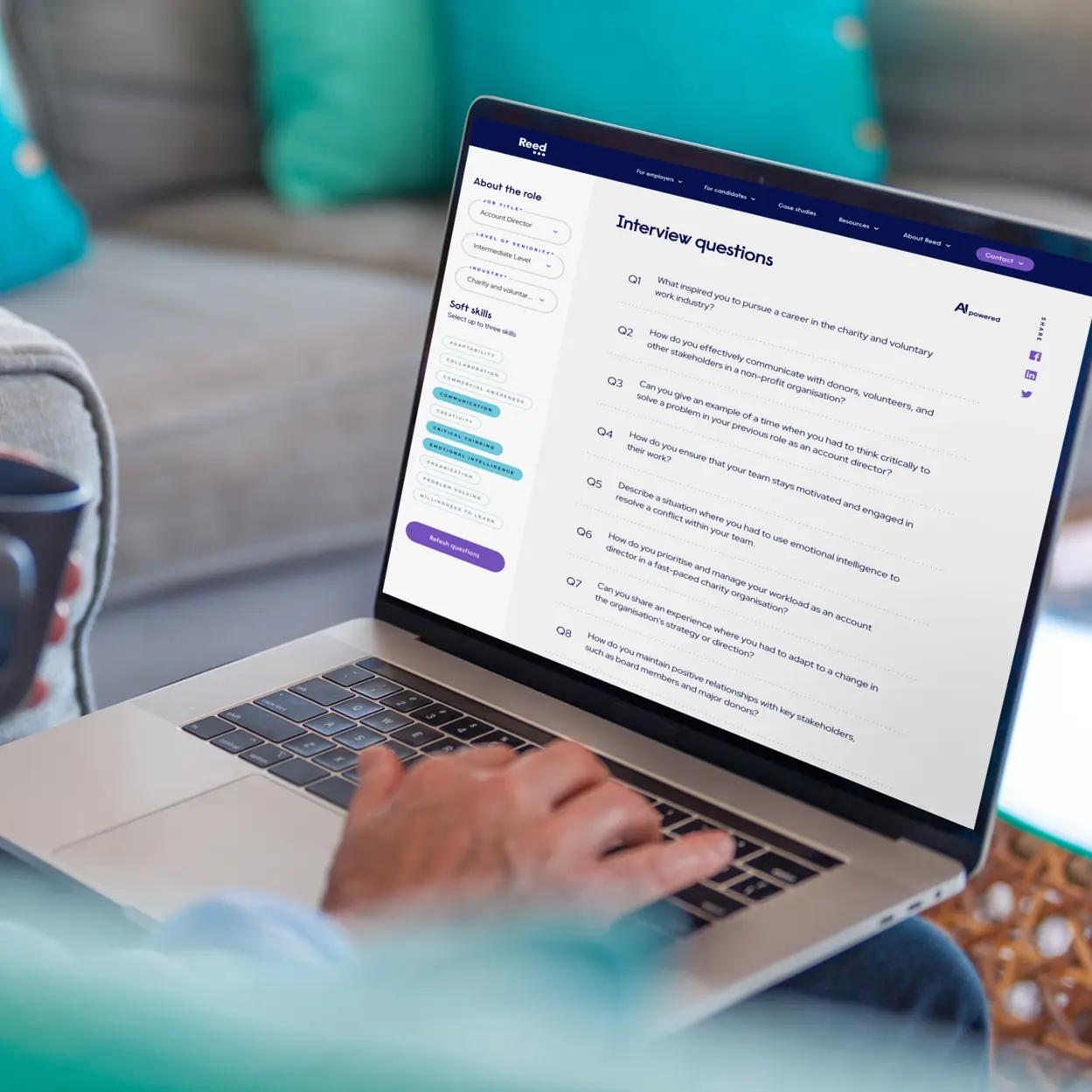By identifying and developing key employees, you reduce stress when finding replacements and minimise disruption when an employee leaves, allowing you to prioritise their offboarding experience.
Succession plans also act as a tool for assessing your team and recognising their growth and development needs.
Succession planning best practices
There are seven simple steps you can take to implement a succession plan:
Step 1. Identify key roles
Look at all the roles within your team and identify those you feel may need a plan. You may decide to plan your whole team, but at the very least you should plan for the more senior, leadership roles.
Step 2. Create role profiles
It is important to understand your team’s day-to-day roles and the knowledge, capabilities and attributes required. You can objectively create profiles regardless of who is undertaking each role.
Step 3. Identify potential successors
A talent matrix will help to identify potential successors. By having a clear understanding of your employees’ knowledge and skills, you can identify who could be suitable to step into someone’s shoes.
Step 4. Use a 9 box grid talent matrix
Using a nine box talent matrix, assess your staff on their past performance and future potential. Not all employees will be ‘high performance, high potential employees, but a matrix will identify areas for growth and development.
Step 5. Strategic development
Develop a succession strategy to ensure that potential successors are armed with the knowledge and experience to step into a new role, should the opportunity arise.
Step 6. Implement your strategy
Once you have identified how to develop your employees, you need to implement your strategy with Specific, Measurable, Attainable, Realistic and Timely (SMART) objectives, which you can measure and track performance within a time frame.
Step 7. Analyse and evaluate
Regularly evaluate your strategy’s effectiveness against SMART objectives. Make sure you are flexible with your approach, as you may need to adjust objectives for unexpected situations.
Find out more about each of these steps and download Reed’s talent matrix here.



